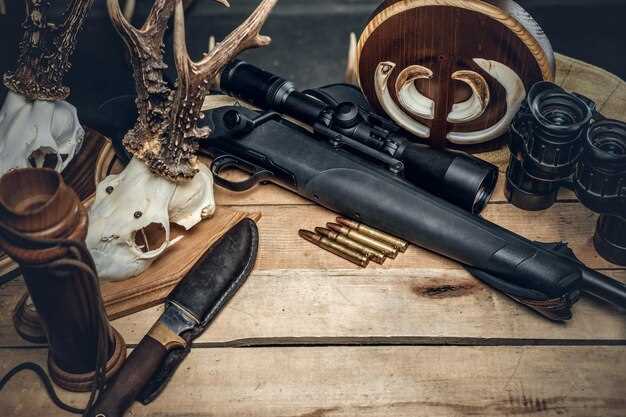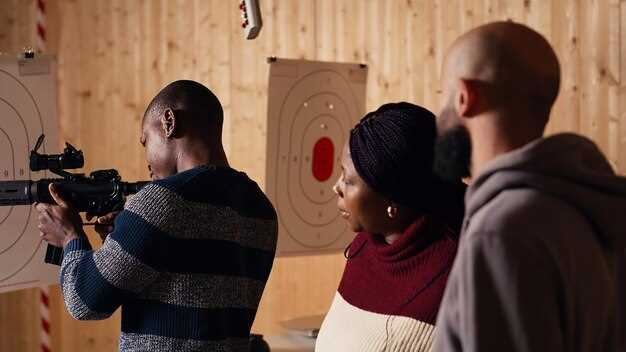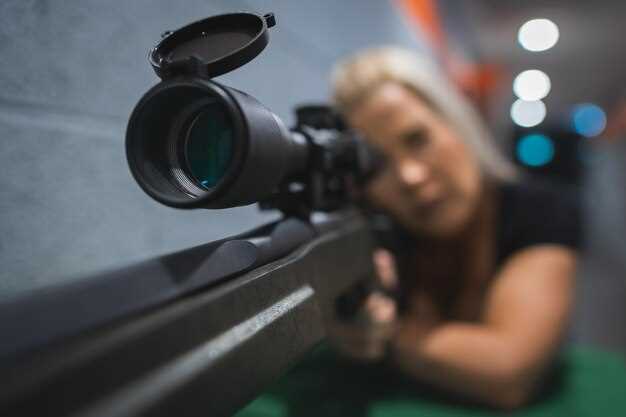
Long-range shooting – choosing the right scope

In the world of long-range shooting, the right optics can make all the difference between hitting your mark and missing it entirely. The selection of a high-quality scope is of paramount importance for enhancing accuracy, improving your overall shooting experience, and maximizing your potential on the range or in the field.
Understanding the intricacies of long-range shooting requires not only skill and practice but also a comprehensive knowledge of the equipment used. A well-chosen scope will provide clarity, precision, and the necessary adjustments to account for various external factors such as wind and elevation. Selecting the right scope can be a daunting task, given the vast array of options available, but knowing what features to prioritize is essential.
This guide will delve into the crucial aspects of scope selection for long-range shooting, including magnification, reticle choices, and the importance of quality optics. By exploring these key components, you will be better equipped to make an informed decision, ensuring your long-range shooting endeavors are as successful as possible.
Understanding Magnification and Reticle Options for Long-Range Shooting
When it comes to long-range shooting, the selection of the right magnification and reticle can significantly impact accuracy and performance. The magnification level determines how much closer the target appears, which is crucial for distinguishing details at extended distances. Generally, a variable magnification scope is preferred, allowing shooters to adjust magnification based on shooting conditions and target distance. Common options range from 4-16x to 10-40x, with higher magnification providing clearer images of distant objects.
Choosing the appropriate magnification also depends on the distance you plan to shoot. For example, lower magnification such as 3-9x is suitable for shorter ranges, while higher magnifications are necessary for extreme distances exceeding 1,000 yards. However, higher magnification can also reduce the field of view and may make target acquisition more challenging.
In addition to magnification, reticle options play a critical role in long-range shooting. A reticle, or crosshair, helps shooters aim accurately, and various designs cater to different preferences and shooting scenarios. Mil-dot reticles are popular for their range-finding capabilities, as they allow shooters to estimate distance based on the size of the target. BDC (Bullet Drop Compensator) reticles are also advantageous, providing holdover points that correlate with bullet drop at different distances.
Another consideration is illuminated reticles, which enhance visibility in low-light conditions, adding versatility for dawn or dusk shooting. It’s important to evaluate reticle thickness and style; finer reticles provide precision for small targets, while thicker lines may be easier to see against various backgrounds.
Overall, the selection of magnification and reticle options should align with the shooter’s specific needs and shooting style. Testing different setups can help determine what works best for achieving optimal performance in long-range scenarios.
Evaluating Key Features: Objective Lens Size and Parallax Adjustment

The choice of a scope plays a critical role in long-range shooting performance. Two essential features that significantly influence the effectiveness of a scope are objective lens size and parallax adjustment. Understanding these components can help refine your selection process.
The objective lens size refers to the diameter of the front lens and is typically measured in millimeters. A larger objective lens allows more light to enter the scope, which results in a brighter and clearer image, especially in low-light conditions. For long-range shooting, an objective lens of at least 40mm is generally recommended to enhance visibility at extended distances. However, larger lenses may add weight and bulk, so it’s important to balance size with handling comfort.
Parallax adjustment is another critical feature impacting scope accuracy. Parallax occurs when the reticle is misaligned with the target at varying distances, resulting in an apparent shift of the point of aim. High-quality scopes often include parallax adjustment, allowing the shooter to eliminate this issue by matching the reticle position with the target’s plane. This feature is particularly beneficial for long-range precision, ensuring that even subtle movements do not affect the shot placement.
When evaluating scopes, consider how the objective lens size and parallax adjustment work together to enhance your shooting experience. A well-chosen combination will improve clarity and precision, ultimately leading to better performance on the range or in the field.
Assessing Build Quality and Durability for Different Shooting Conditions

When selecting a scope for long-range shooting, assessing its build quality and durability is paramount. Long-range environments can vary significantly, from intense sunlight to heavy rain and even snow. Therefore, the scope must withstand these factors to maintain performance and reliability.
First, consider the materials used in the construction of the scope. High-quality aluminum or magnesium alloys are preferable, as they offer a balance of weight and strength. Look for scopes that are nitrogen-purged and sealed for water and fog resistance, ensuring that internal components remain free from moisture and debris.
Next, evaluate the quality of the lenses and coatings. Robust lenses should have scratch-resistant coatings and anti-reflective treatments to enhance image clarity and light transmission, especially in varied lighting conditions. Multi-coated lenses can significantly improve visibility during low-light environments commonly encountered in early morning or late evening shooting.
Check for shock resistance as well. Long-range shooting often involves recoil from powerful calibers. A durable scope must withstand this recoil without losing zero or suffering internal damage. Look for scopes tested against severe shock loads and those with safeguarding features like reinforced turrets and sturdy mounting options.
Finally, consider the intended shooting conditions. If you plan to shoot in humid or extreme temperatures, ensure that the scope is designed to perform under those circumstances. For example, scopes intended for military or tactical use often feature enhanced durability and performance to adapt to harsh environments.
In summary, the selection of a long-range scope should prioritize build quality and durability to match the shooting conditions you anticipate. A well-constructed scope will not only enhance shooting accuracy but also provide confidence under varying environmental stressors.




